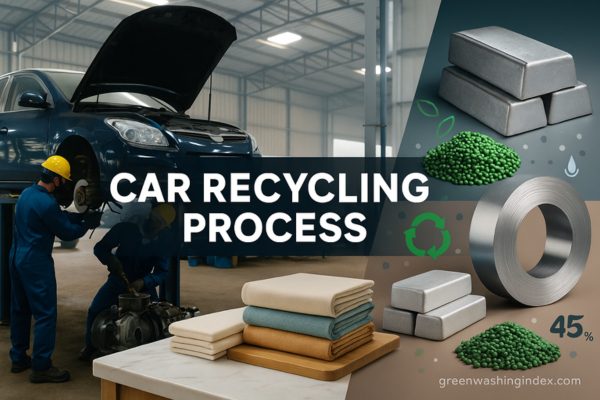
Your plant’s pot is like the foundation of a house.
Select strong pots that have drainage holes to let extra water out.
Use soil suited to your plant, such as cactus mix for desert types or regular mix for others.
Don’t forget airflow—open windows or use fans for healthy leaves.
Choose a pot that fits the roots without being too big.
Feel the soil to check if it’s moist.
Watch light and humidity—some plants want sun, others prefer shade.
Tag each plant to keep track of its growth.
Small choices create big results.
Want healthy, strong plants? Start with the right pot and soil.
A good pot prevents soggy soil, and good soil provides food.
Size is important—too small, roots get stuck; too big, soil stays wet.
Happy plants start with easy steps.
Regularly check water, light, and air.
Labels help you remember each plant’s needs.
These small steps make a big difference.
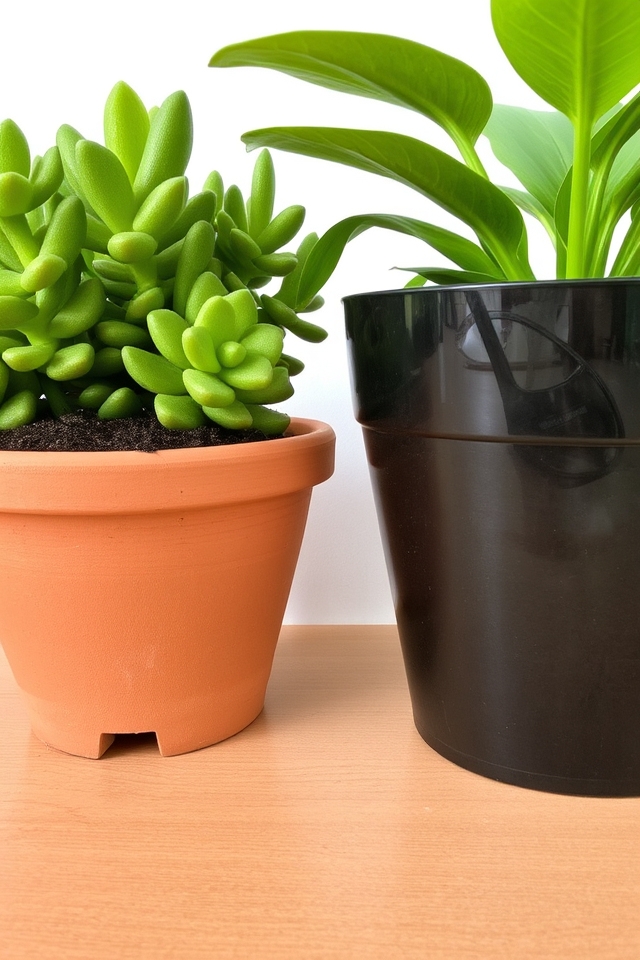
Select containers with drainage holes to stop root rot. Choose materials like clay (porous, dries fast) or plastic (holds moisture). Ensure the pot size matches the plant’s roots, allowing growth without too much space. Think about weight, looks, and how long it will last. Avoid very large pots, which can cause overwatering. Choose based on what the plant needs and the environment.
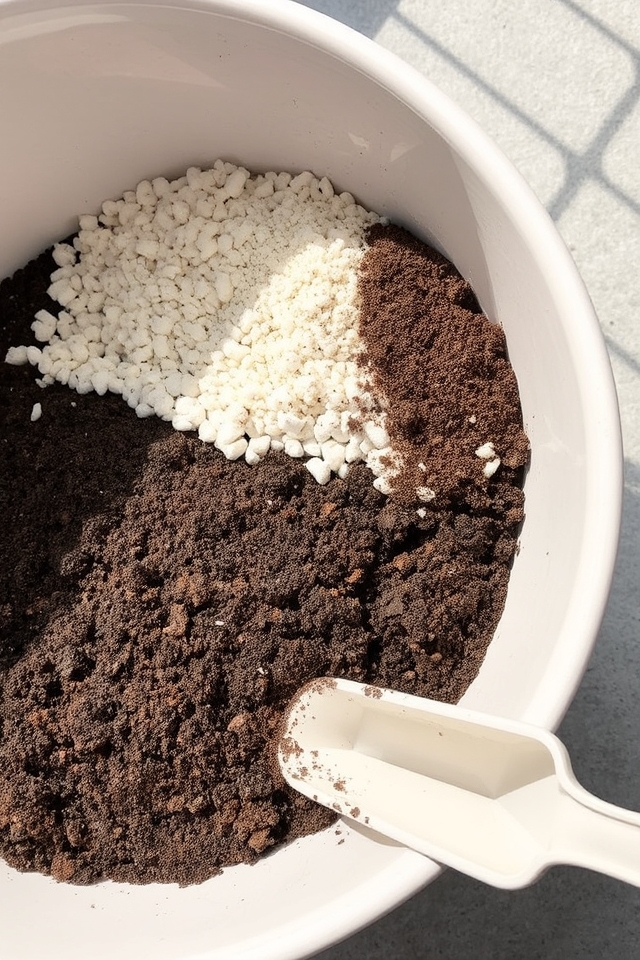
Pick potting soil with good drainage and moisture holding ability. Choose loam-based mixes or sandy soils for roots that need to dry out well. Make sure it has organic matter for nutrients. Don’t use garden soil, which can get hard. Match the pH to what the plant needs, usually 6.0–7.0. Check for good airflow to prevent root rot. Buy pre-mixed soils or add perlite, vermiculite, or compost.
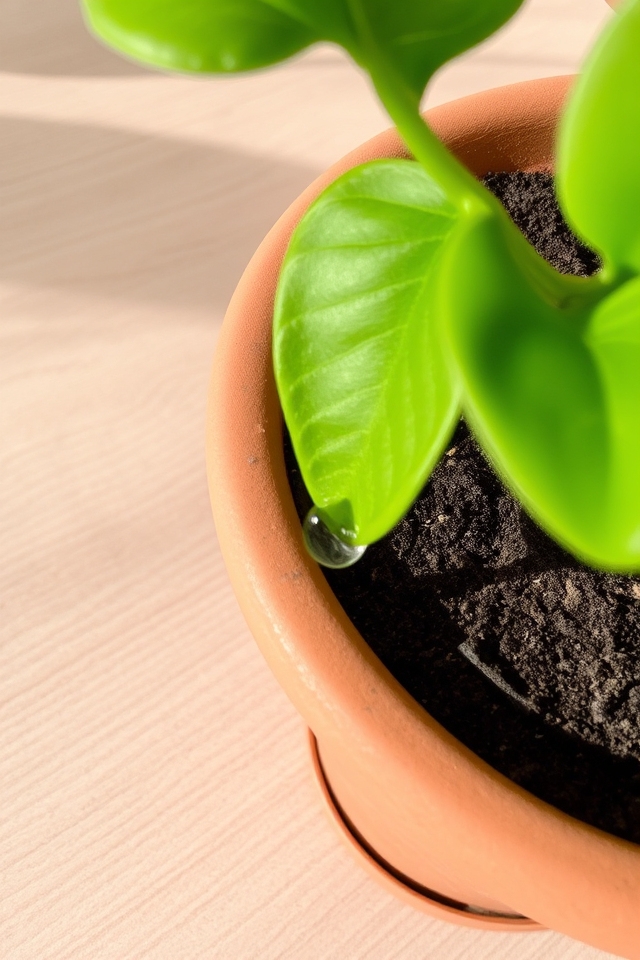
Knowing how much water your plants need is key. Too much water can cause root rot, while too little stresses them. Check soil moisture before watering; most plants like slightly dry soil between waterings. Plant type, pot size, and the environment affect how much water is needed. Use soil that drains well and pots with holes. Water more or less often depending on the season. Watch for signs like wilting or yellow leaves to know when to adjust.
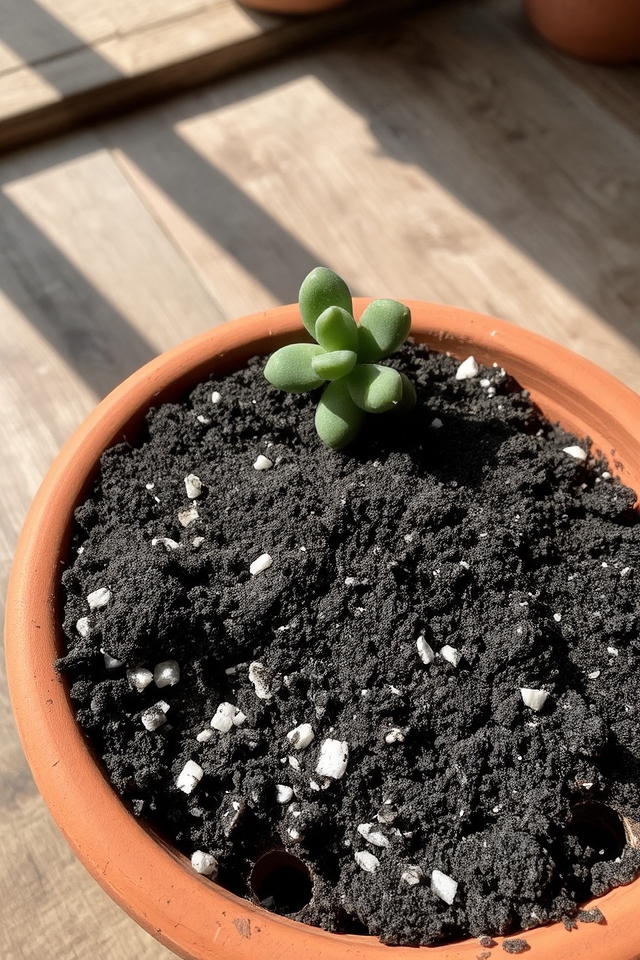
Good drainage stops water from sitting and causing root rot. Use pots with holes. Put gravel or perlite at the bottom. Use potting mix that drains well. Don’t pack the soil too tight. Let extra water get out. Empty saucers after watering. This helps roots grow healthy.
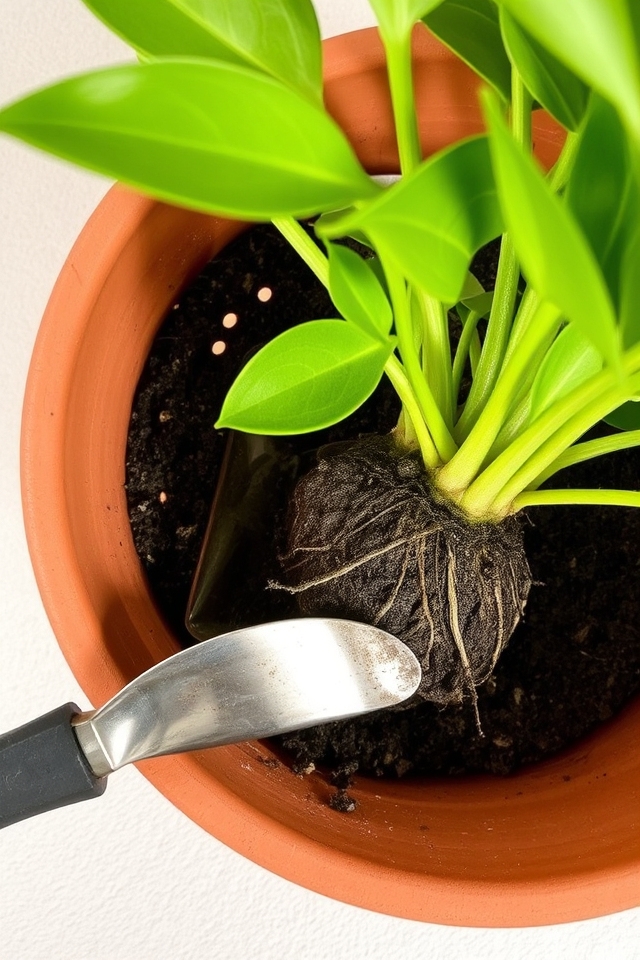
Choosing the right pot size helps plants grow well. The pot should fit the plant’s roots without extra space. A pot that’s 1–2 inches bigger around than the roots gives room to grow. Pots that are too big can cause overwatering and root rot. Make sure there are drainage holes to prevent water from sitting. Change pot size as the plant grows. Right sizing helps roots grow and get nutrients.
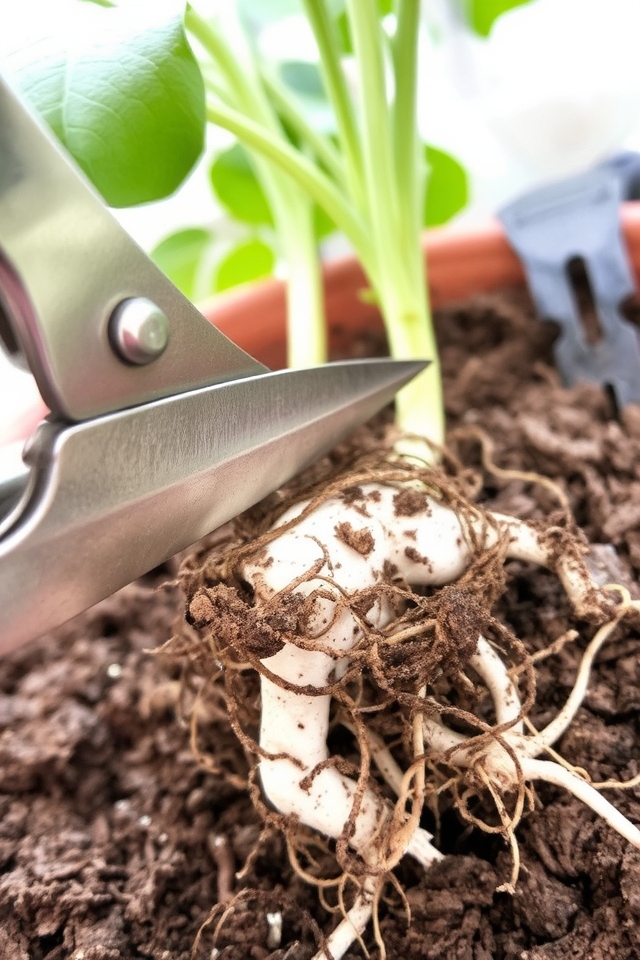
Cutting roots before potting gets rid of damaged or circling roots, helping the plant grow. Cut off extra length with clean tools, taking off about 1/3 of the roots. This helps new roots grow, stops roots from getting stuck, and helps the plant adjust to the new pot. Don’t cut too much, just the unhealthy parts.
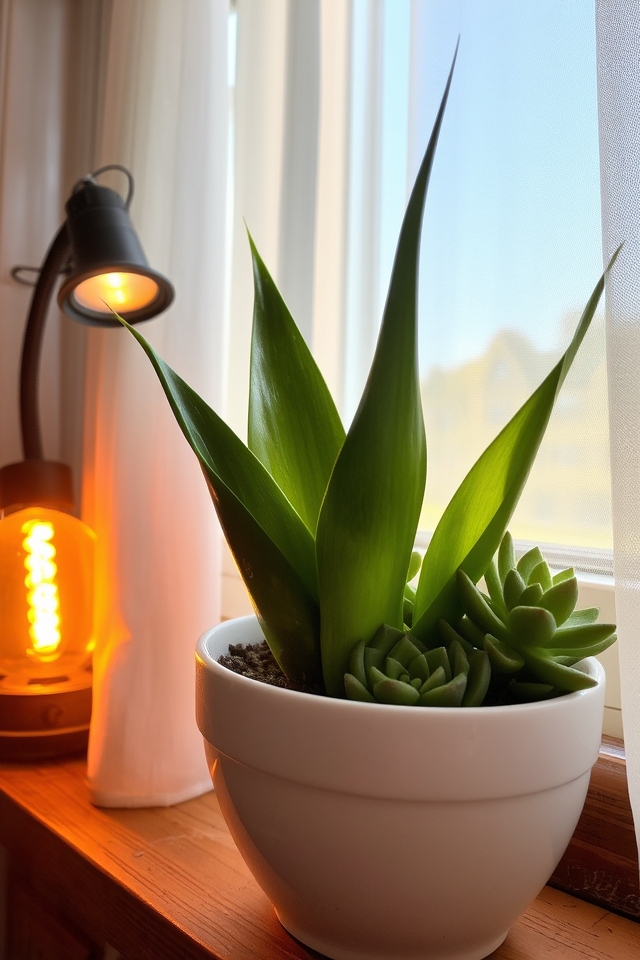
Most potted plants need 6-8 hours of light each day. Put pots near south-facing windows for direct sun or use grow lights if there’s not enough natural light. Turn plants often to give them even light. Plants that like low light, like snake plants, do well in indirect light, while succulents need bright, direct sun. Don’t water too much in low light, because plants grow slower and can get root rot. Change light based on the plant.
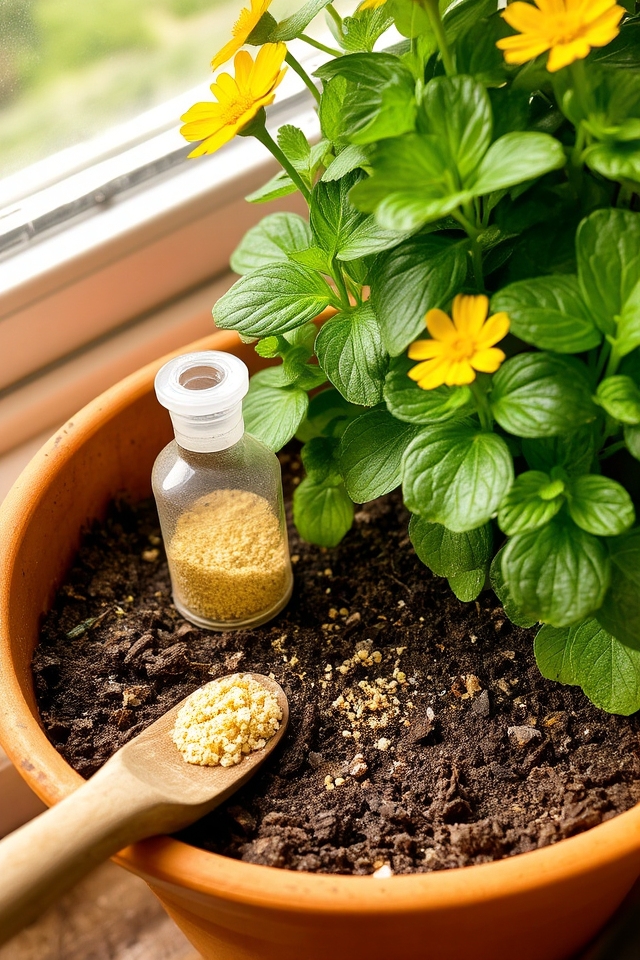
Use fertilizer carefully to avoid giving plants too much, which can burn roots or cause problems. Follow the directions for how much to use and how often. Too much can hurt leaves and stop growth. Use slow-release fertilizers for steady feeding. Test soil sometimes to see what nutrients are there. Feed plants based on what they are and how they’re growing. Balance is important for healthy plants.
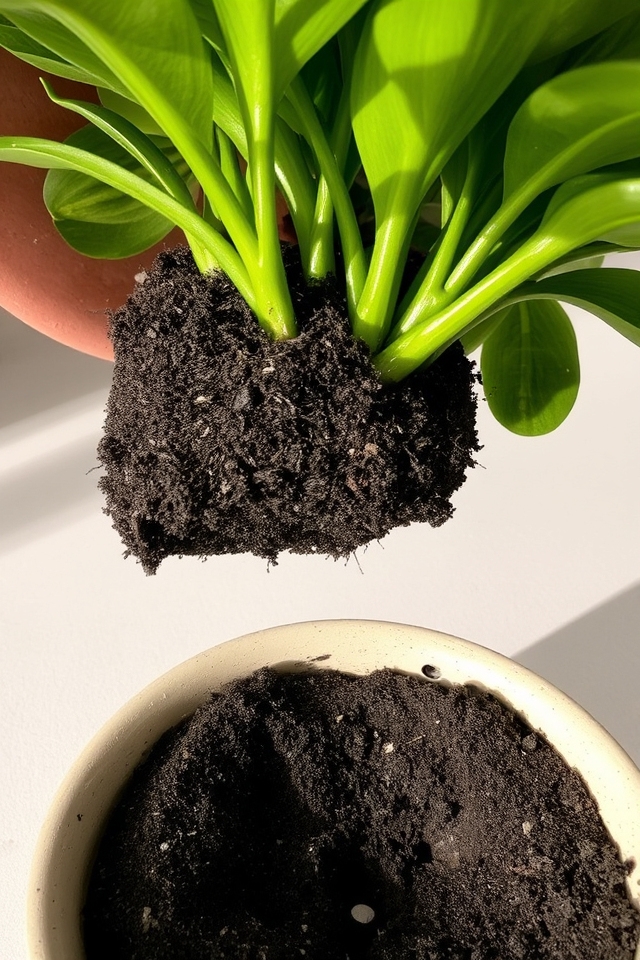
Repot when roots get too big for the pot, shown by circling roots, slow growth, or used-up soil. Choose a pot that’s 1-2 inches bigger, with good drainage. Use new soil with nutrients to help the plant grow. Repotting helps plants grow strong and stops roots from getting stuck. Do it during the growing season for best results.
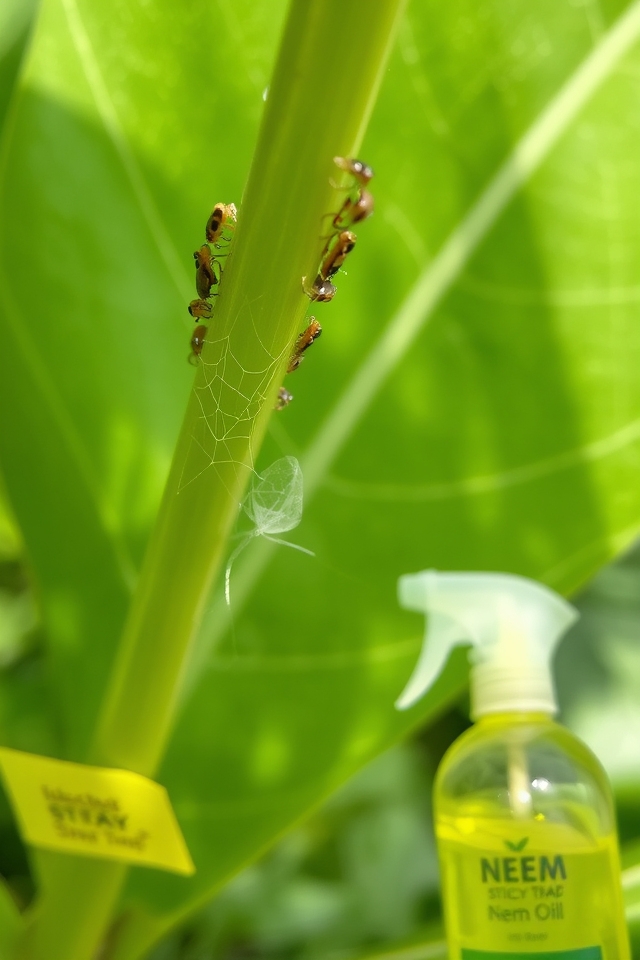
Check plants often for pests like aphids, spider mites, or mealybugs. Look at leaves, stems, and soil for bugs, spots, or webs. Finding them early stops big problems. Use sticky traps, neem oil, or good bugs to get rid of pests. Keep tools clean and don’t water too much to lower risks. Quick action keeps plants healthy.
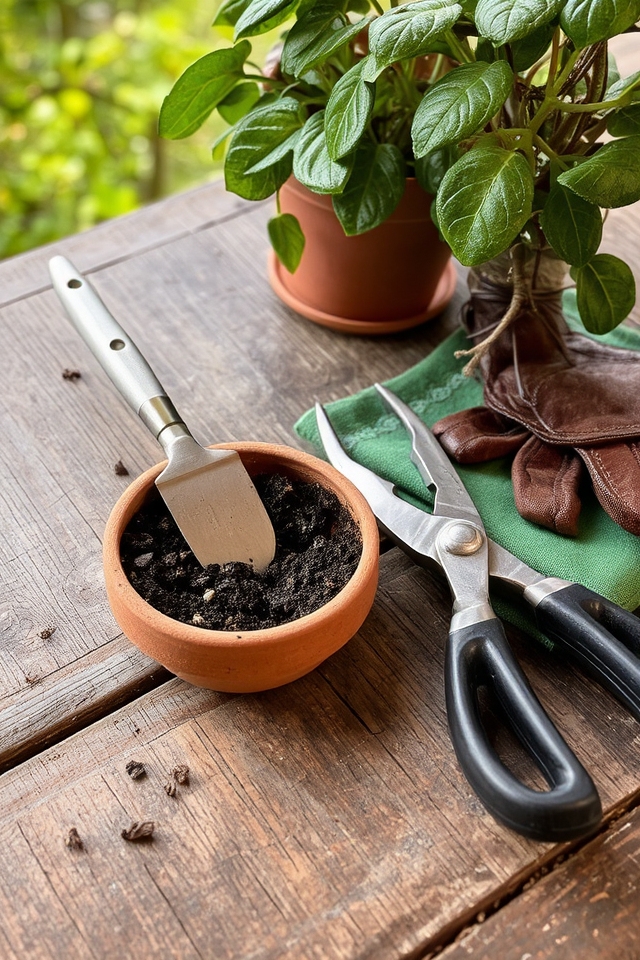
Choose pots with holes to prevent root rot. Use good potting soil for air and nutrients. A trowel helps move soil and plants. Pruning shears cut cleanly for healthy growth. Gloves protect hands from dirt. Choose tools that fit the plant. Good tools make potting easier, prevent damage, and help plants grow.
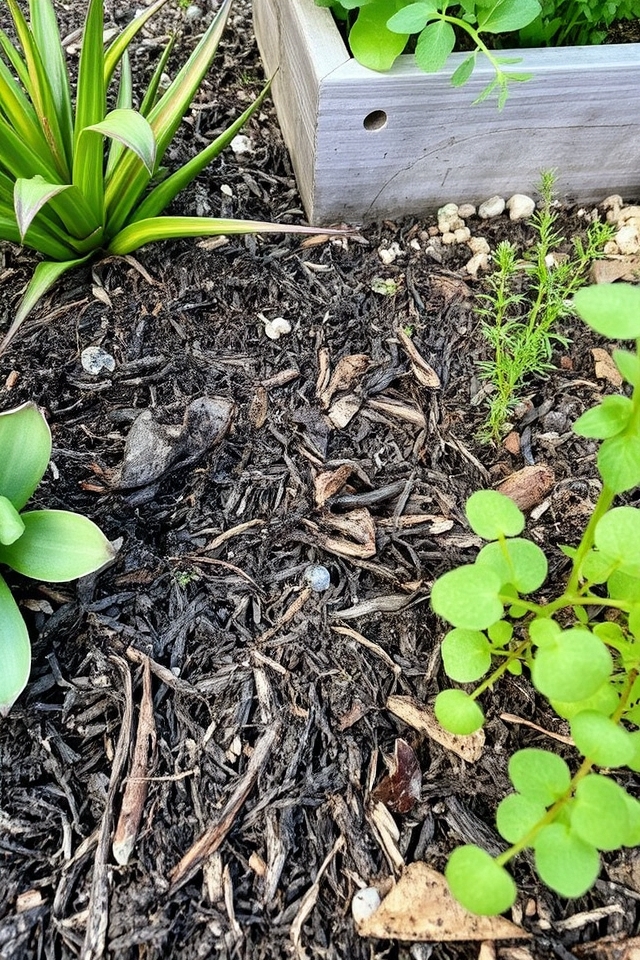
Mulch keeps soil moist by stopping water from evaporating and controlling temperature. Put a 2–3 inch layer of bark, straw, or leaves around plants. This reduces water loss, stops weeds, and helps the soil as it breaks down. Don’t let mulch touch plant stems to prevent rot. Add more as it disappears. Good for gardens, pots, and outdoor areas. Helps save water and grow healthier plants.
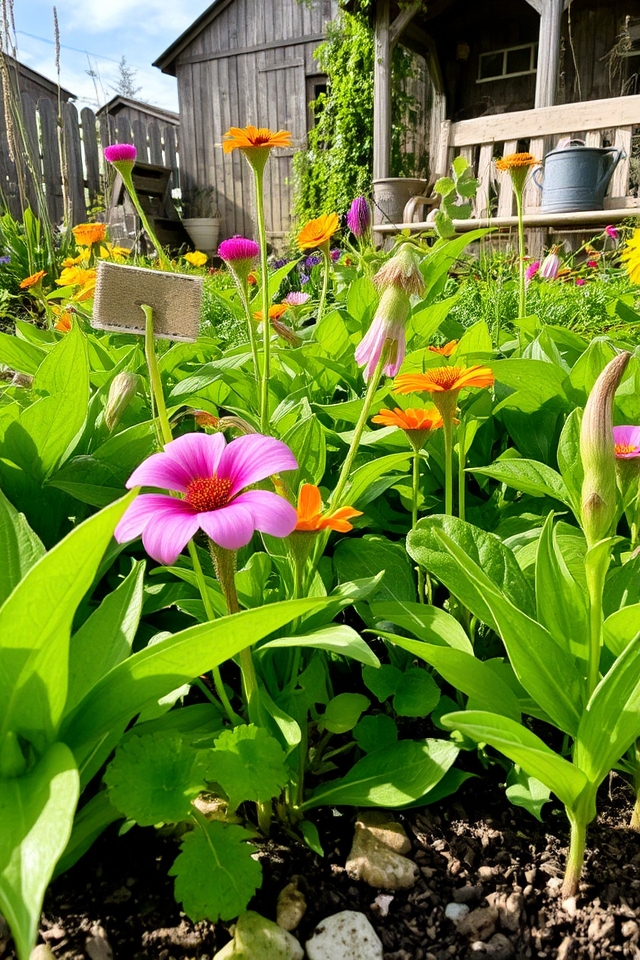
Know your climate zone, temperature range, and rainfall. Choose plants that grow well in these conditions. Ask local gardening experts for advice. Think about sunlight, soil, and small areas in your garden. Local plants often grow easily. Avoid plants that need conditions you can’t provide. This makes it easier and more successful.
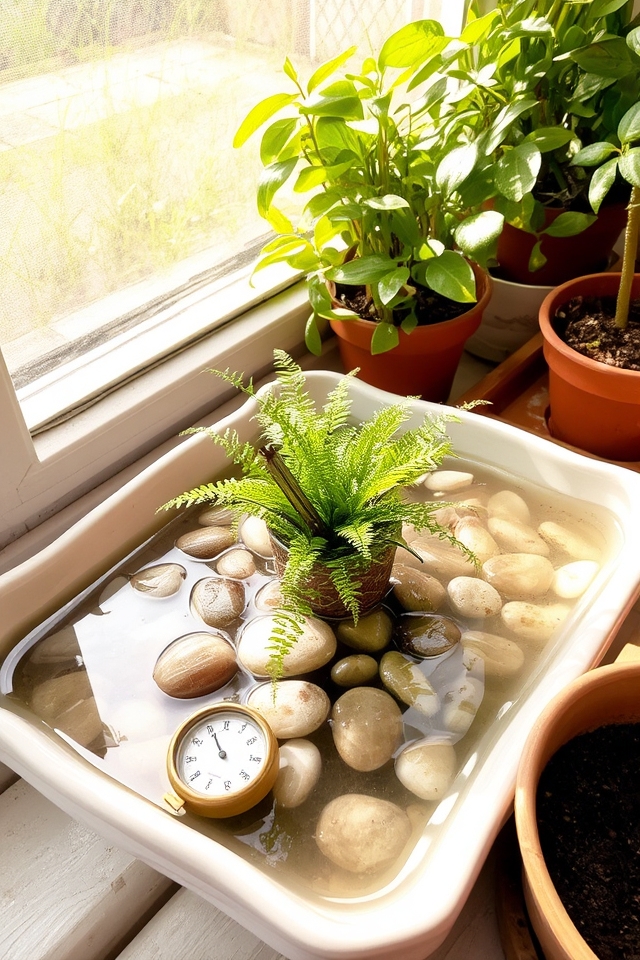
Keep humidity right by using a humidity tray with water and pebbles, spraying leaves (not too much), or putting plants in humid places like bathrooms. Check with a hygrometer and adjust based on what the plant needs. Too much water can lower humidity, while too little raises it. Group plants to make a small humid area. Avoid heat that dries the air. Steady moisture in soil and air helps plants grow.
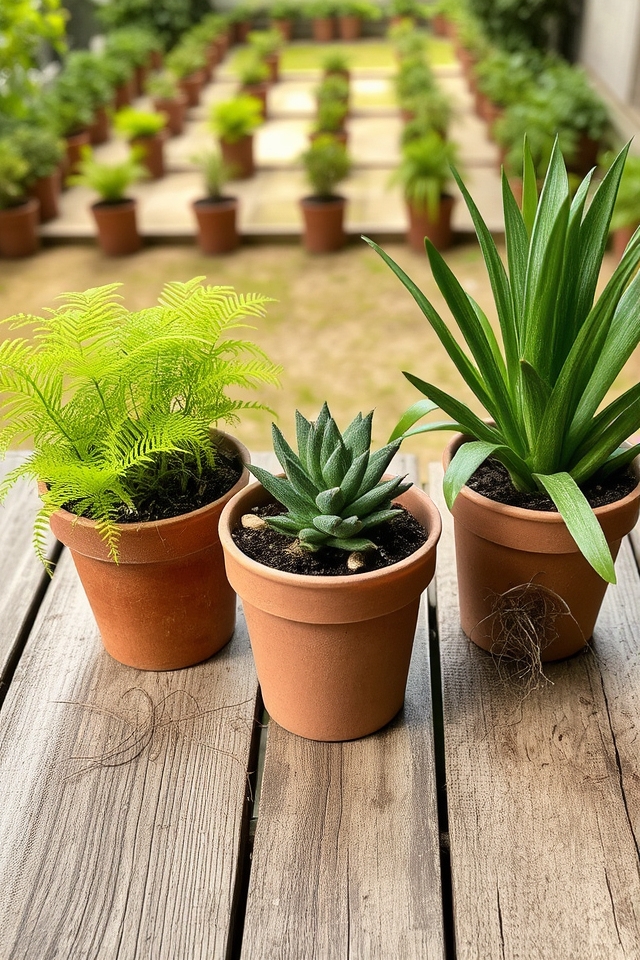
Too many plants close together stops root growth, lowers airflow, and makes them fight for water and nutrients. Plants can get weak, sick, or small. Give them enough space based on how big they’ll get. Check pot size often; repot when roots fill the pot. Don’t put plants too close to help them grow and prevent stress.
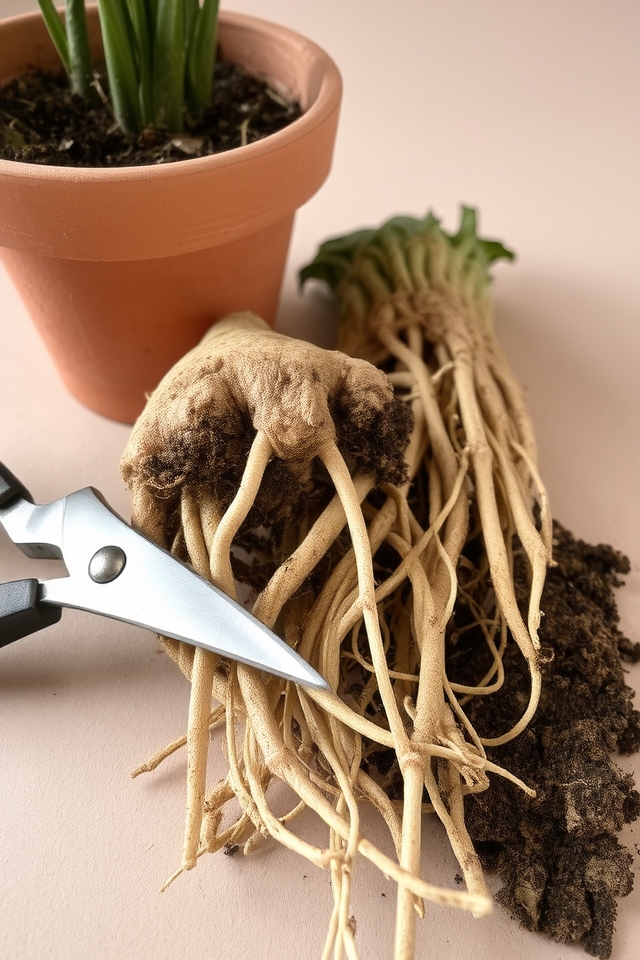
Look for roots that are firm, light-colored, and not rotten. Healthy roots are white or light beige. Avoid slimy, soft, or smelly parts. Cut off damaged areas with clean tools. Check for pests or mold. Too much water or bad drainage often causes root problems. Fix problems quickly to keep the plant healthy. Make sure pots have drainage holes. Check root health when repotting.
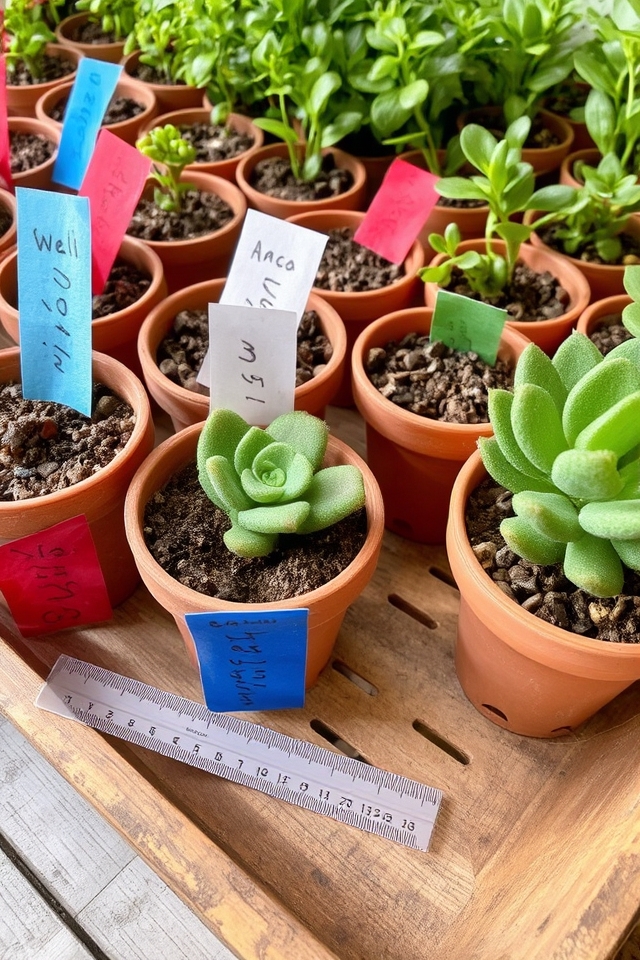
Tag plants with strong labels to track what they are, how to care for them, and how they’re growing. Use color codes or notes to find them quickly. Labels prevent mistakes, help with watering and pruning, and help you watch their health. Use waterproof labels to handle weather. Good labeling makes plant care easier and more accurate.
Choose the right pots, use good soil, and check drainage—no cutting corners! Water carefully, prune roots, and repot when needed. Keep humidity right, avoid crowding, and label plants. Watch for pests and root health. Do it right, and your plants will thrive. Want more tips? There are 17 steps to success.

Don't let aphids, slugs, and caterpillars ruin another plant. Take back control with simple, natural methods that actually work.